New Kingdom pharaohs controlled vast wealth. Thebes was the religious center of the period, and Pharaohs built mortuary temples here and were buried in huge rock-cut tombs.
c. 1550–1070 B.C.E.
New Kingdom pharaohs controlled vast wealth. Thebes was the religious center of the period, and Pharaohs built mortuary temples here and were buried in huge rock-cut tombs.
c. 1550–1070 B.C.E.
We're adding new content all the time!
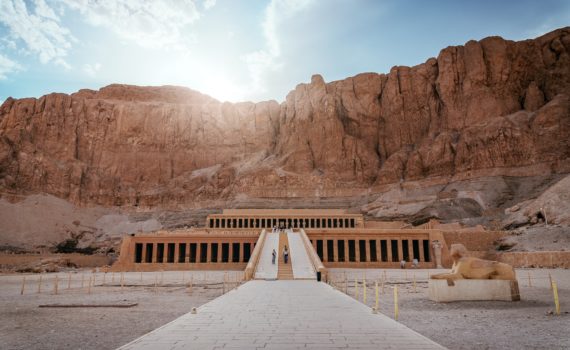
An introduction to the New Kingdom and Third Intermediate Period in ancient Egypt
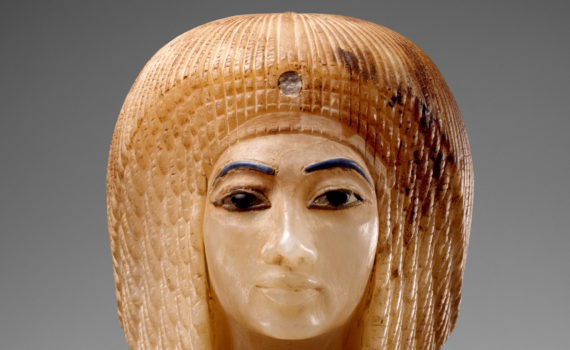
"It seems to me that aesthetically this goes well beyond meeting the need of surviving into the afterlife."
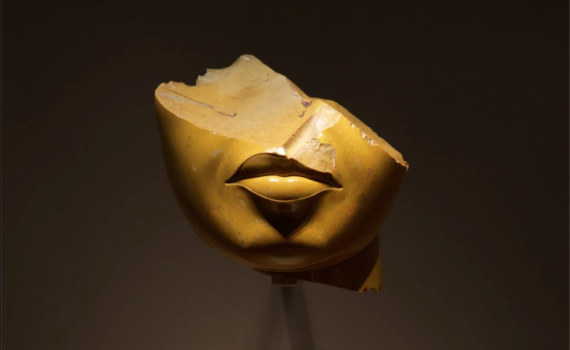
"It's balanced between this incredible idealization and humanity."

Egyptian archaeological finds tend to be remnants of the rich—little remains from the rest of society.
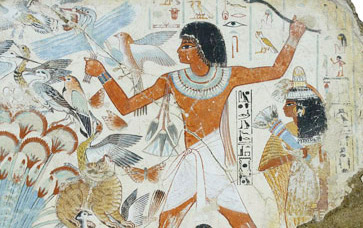
Scenes show Nebamun’s family at work and play, giving vibrant insight into the lives of ancient Egyptian elites.
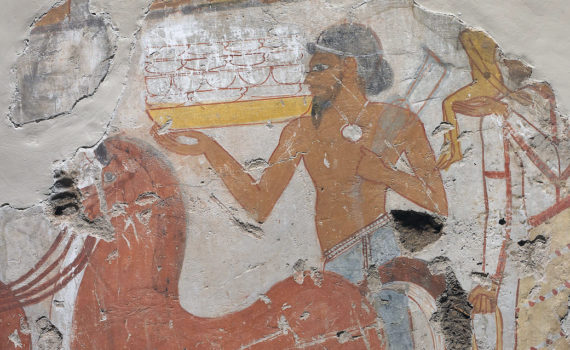
Painted scenes placed in Sebekhotep's tomb illustrate his importance as an official, and represent his relationship with the king
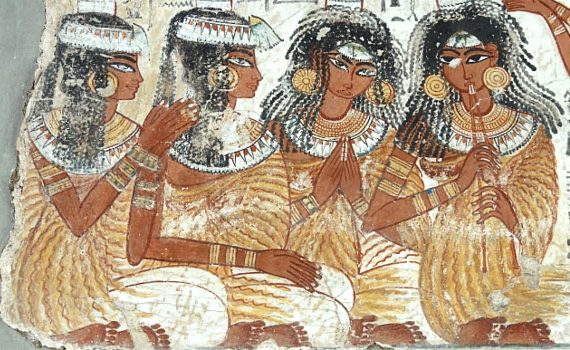
These lush wall paintings have been called “antiquity’s equivalent to Michelangelo.”
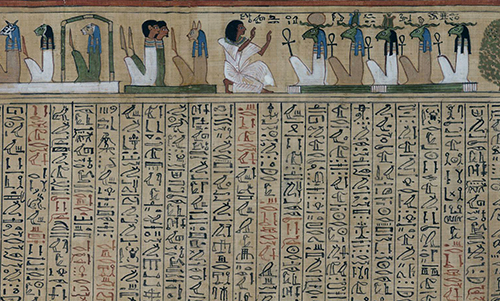
Did Hunefer live an ethical life? See the judgment of the Egyptian gods—who weigh Hunefer’s heart.